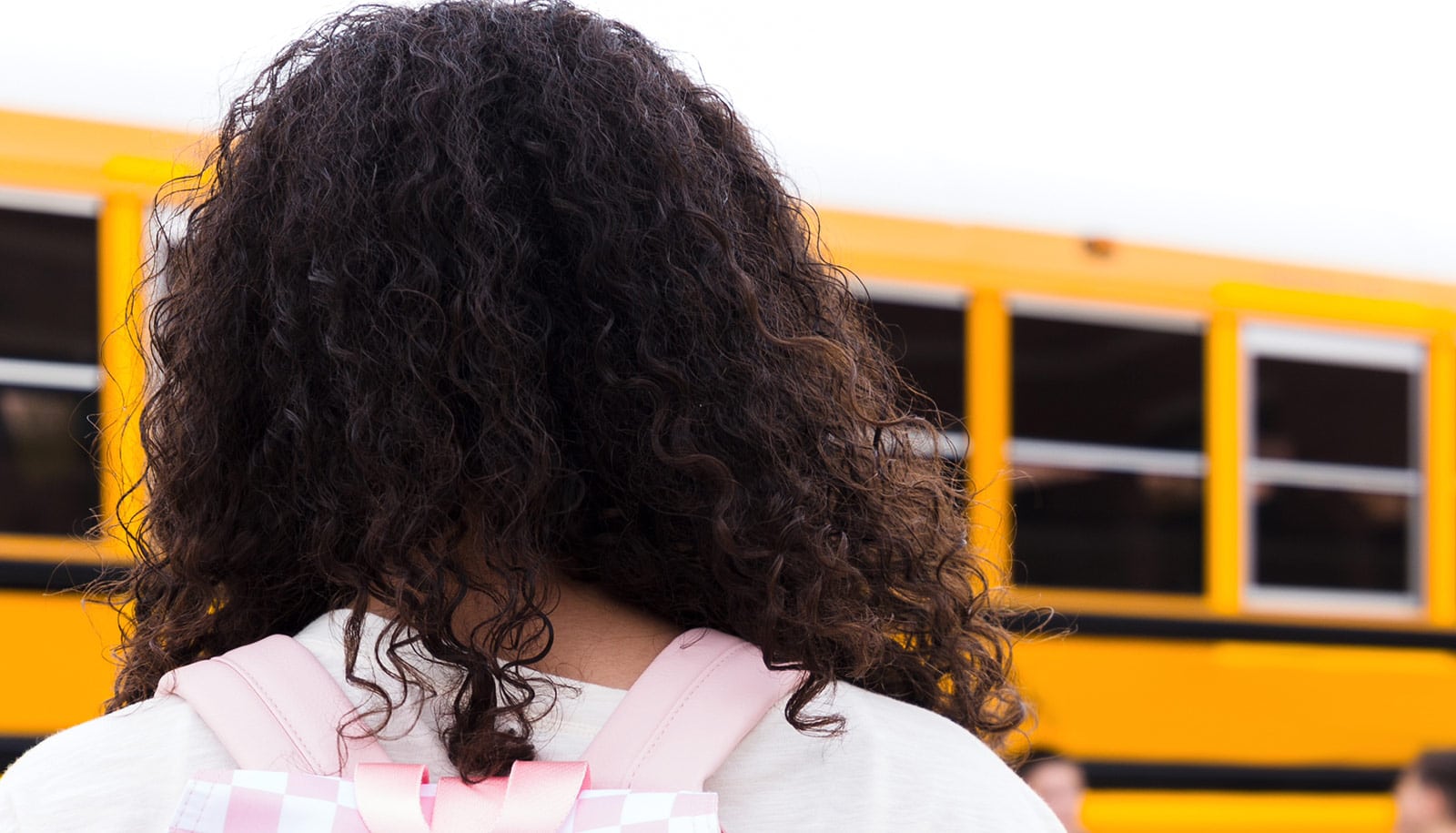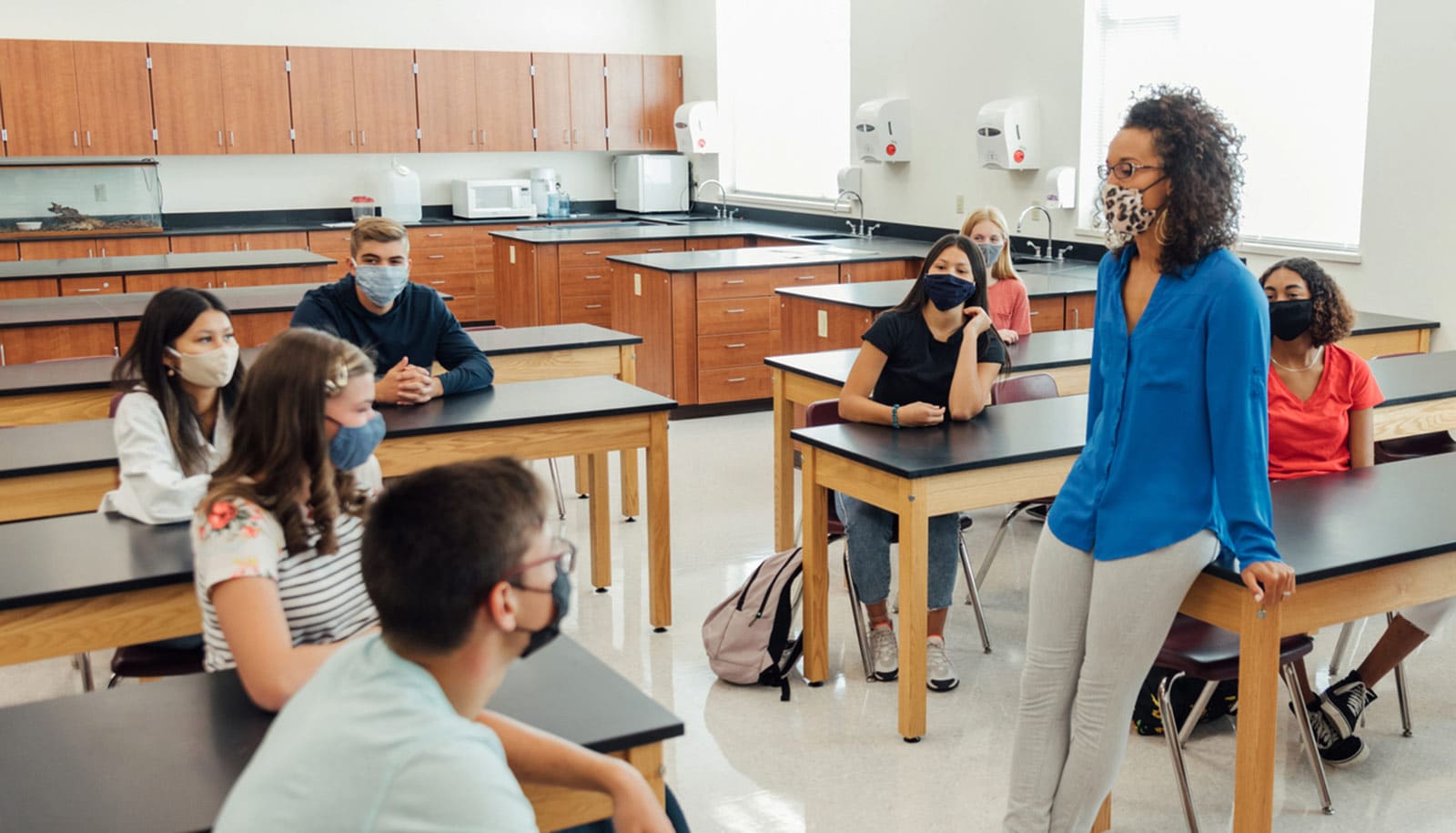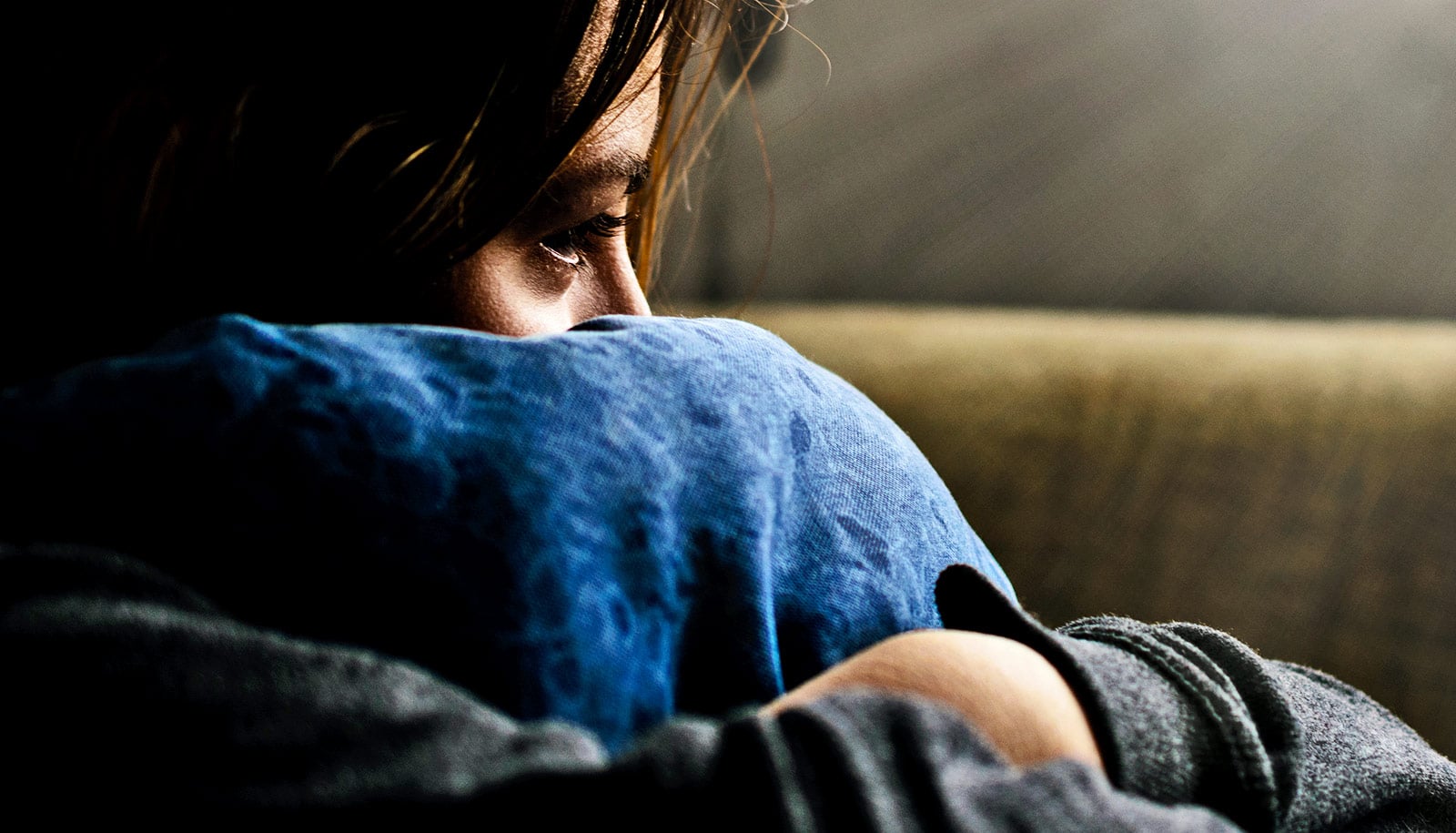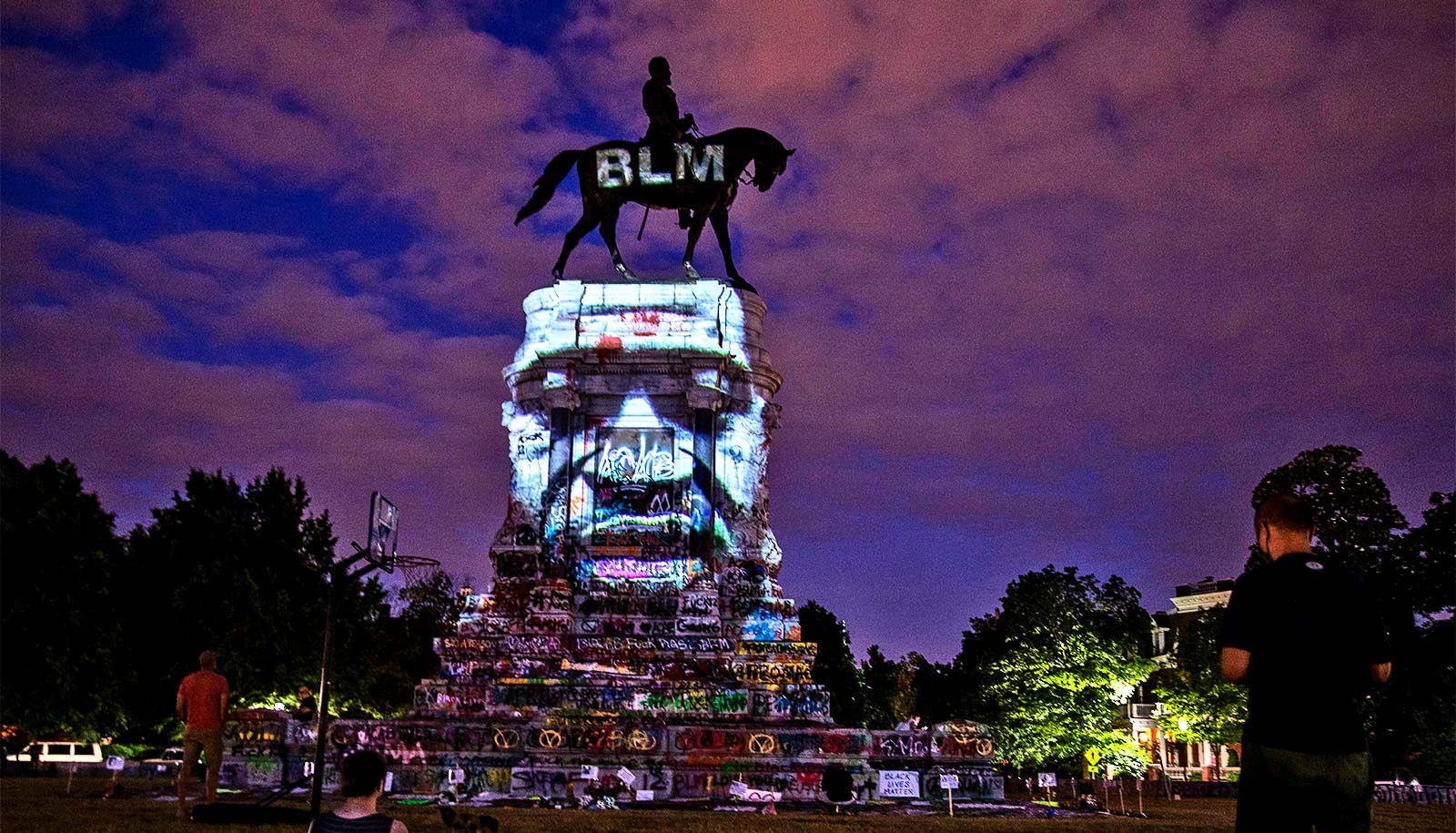In the midst of traumatic events, such as a neighborhood shooting, positive classroom behavior management interventions may not work as well for all kids, a new study shows.
In general, offering students positive encouragement rather than negative reprimands not only reduces disruptive student classroom behavior but can also improve students’ academic and social outcomes, says Keith Herman, professor of educational, school and counseling psychology in the University of Missouri College of Education and Human Development.
However, the new study finds those interventions may not have the desired outcomes for certain children who could be struggling with trauma or depression associated with such an event.
For the study, Herman implemented CHAMPS, a classroom behavior management training intervention for teachers, into a St. Louis County school district’s middle school classrooms from 2013–2017.
The intervention emphasized communicating clear expectations to students, giving more positive encouragement compared to negative reprimands, and moving around the classroom to monitor student behavior.
Herman found that, in general, the intervention resulted in fewer disruptive classroom behaviors and student concentration problems, as well as an increase in completed class work, standardized test scores, and the amount of time students remained on task with classroom assignments—all of which led to more engaged learning.
However, the traumatic shooting of Michael Brown in Ferguson, Missouri, in 2014, motivated Herman to examine what impact that event had on the mental health and well-being of students and teachers in the St. Louis County school district where the CHAMPS intervention was implemented.
When he reanalyzed the same data set from his previous CHAMPS study, a randomized, controlled trial involving more than 100 middle school teachers and 1,450 students, he found that while the positive student achievement benefits affected both white and Black students equally before the shooting, the student achievement benefits disappeared for Black students after the shooting.
“It’s possible this traumatic historical event happening so close to these students may undermine some youths’ ability to benefit from these positive classroom interventions,” Herman says. “If you feel threatened or unsafe based off the trauma from that event, you might become more distracted, frustrated, and less able to pay attention in class, which may impact academic achievement.”
Herman also found the overall CHAMPS intervention to be more beneficial to Black teachers before the shooting compared to after, and specifically the ratio of providing positive encouragement to students compared to negative reprimands sharply declined for Black teachers after the shooting.
One surprising finding was teachers reported Black students actually increased their displays of prosocial behavior, including being kind, compassionate, and helpful to others, after the shooting compared to before.
“Our main goal is to promote supportive interventions so youth learn to feel good about themselves and be optimistic about their future, and this study highlights the complexity of these goals, as our efforts to create nurturing environments need to be attentive to all aspects of context,” Herman says.
“We already know Black youth experience higher rates of disproportionate discipline practices, are more likely to be suspended or expelled, and the school-to-prison pipeline is well documented. When Black youth are exposed to traumatic racial events where people who look like them are being harmed, that can potentially undermine what the positive interventions are trying to accomplish.”
Herman adds that while the shooting of Brown was the traumatic event analyzed in this particular study, the findings highlight how traumatic societal events in general may undermine the mental health and well-being for particular individuals. These impacts could potentially interfere with classroom interventions that are designed to be beneficial.
“Other possible examples could be if the events of September 11, 2001, disproportionately impacted children of first responders or if there is a coal mining tragedy near a school district with many children of coal miners,” Herman says.
“As scientists and researchers, we sometimes have this façade of objectivity by rigorously designing randomized, controlled trials, often considered the gold standard for eliminating bias. But in reality, it is often more nuanced depending on a historical traumatic event. Our science will get stronger and richer, if we spend more time thinking about potentials for bias or events that maybe influenced the findings.”
The findings could help principals, school administrators, and superintendents brainstorm possible counseling resources for students and teachers or bring in professionals trained in facilitating discussions about traumatic events.
The study appears in School Psychology Review.
Source: University of Missouri



